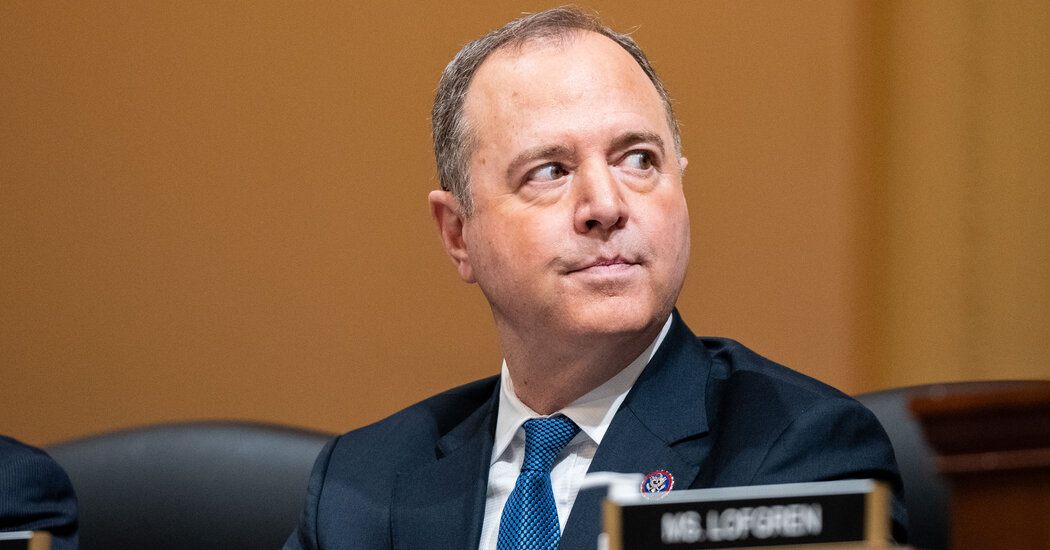The Last Boeing 747 Leaves the Factory
More than two dozen airlines were already committed to buying the 747 when it was first shown to the public. In 1970, the 747 took its maiden commercial flight, ferrying more than 300 Pan Am passengers to London from New York.
It became an instant public sensation. The four-engine airplane was much larger than any other and could fit hundreds of people in rows with up to 10 seats across. The upper deck, reachable by a spiral staircase, hosted a luxurious lounge. American Airlines had a piano bar installed in the main cabin.
Orders started to flow in, bringing Boeing much-needed revenue. Owning a 747 became a status symbol for airlines. Some companies bought the airplane even though it didn’t quite suit their needs.
The most important reason airlines bought the plane was that the 747 helped them cut costs. Because the airplane could carry so many more passengers in a single trip, airlines could sell tickets more cheaply, making air travel affordable to the masses.
Boeing produced several versions of the airplane in the 1970s and ’80s for different uses and to improve how much it could carry and how far it could fly. In 1989, the company unveiled a major upgrade, the 747-400, which became the plane’s best-selling model. Boeing sold more 747s in the 1990s than in any other decade.
But as popular as the airplane had become, the world was starting to move on.
Smaller, more efficient two-engine airplanes could now fly longer distances. Their smaller size meant airlines could offer direct international routes between smaller cities, such as St. Louis and Frankfurt.
In the mid-90s, Boeing also introduced the 777, which was about as big as the 747. With only two engines, it was more advanced and efficient. A decade later, Boeing’s main rival, Airbus, debuted the A380, which can carry more passengers than the 747. But Airbus struggled to sell the plane and announced the end of production in 2019.


